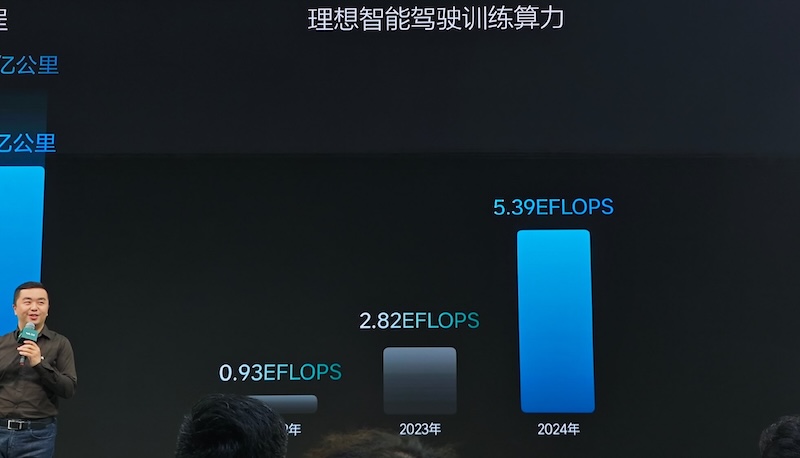In a revealing second installment of Li Auto’s AI Talk Interview Series, CEO Li Xiang and VP of Autonomous Driving R&D Lang Xianpeng shared their uncompromising vision for the future of self-driving technology. The conversation highlighted a stark choice facing the industry: embrace end-to-end autonomous driving or step away from the challenge entirely.
When Tesla AI rolled out its FSD end-to-end approach last year, Li Auto notably held back. According to Lang Xianpeng, this wasn’t hesitation – it was strategy. “We were deliberately waiting to accumulate sufficient data and computing power before implementation,” he explained. The company’s patience has seemingly paid dividends, with their vehicles now generating over 10 billion kilometers of high-quality training data and computing power reaching 5 EFLOPS.

In perhaps the most striking departure from industry trends, Li Auto remains committed to LiDAR technology – a choice that puts them at odds with Tesla’s camera-only approach. Li Xiang addressed this head-on, pointing to China’s unique driving conditions as the deciding factor.
“Anyone who drives on Chinese highways at night encounters trucks with malfunctioning taillights, sometimes even stopped on main roads,” Li explained. While cameras struggle with a 100-meter detection range in darkness, LiDAR maintains a consistent 200-meter range regardless of conditions. This capability enables their Automatic Emergency Braking system to function at speeds up to 130 kilometers per hour – a critical safety feature for their family-oriented vehicle lineup.
When pressed about computational requirements, Lang Xianpeng provided surprisingly specific figures. To achieve a 500-kilometer comprehensive Mixed Path Intervention combining city and highway driving, the system needs approximately 2 million video clips. But that’s just the beginning – when filtering for high-quality driver data, the total required volume balloons to between 50 and 100 billion kilometers.
Li Auto’s strategic patience in building their computational infrastructure hasn’t just been about raw numbers. The company’s approach combines massive data collection with careful curation, ensuring their systems learn from the best possible examples of human driving behavior.
CEO Li Xiang’s position on autonomous driving technology comes from direct experience. After sending their intelligent driving team to evaluate Tesla’s FSD V12 across multiple U.S. cities, while simultaneously advancing their own research into Vision Language Models, Li reached a definitive conclusion: end-to-end autonomous driving represents the only viable path forward.
Traditional autonomous driving approaches face what Li describes as an infinite loop of corner cases – solving one extreme scenario only reveals three more. This fundamental limitation of rule-based systems has led Li Auto to embrace a more comprehensive solution.
Li Auto’s stance on autonomous driving technology reflects a broader industry tension between incremental improvement and revolutionary change. Their commitment to both end-to-end systems and LiDAR technology demonstrates a willingness to chart their own course, even when it means breaking from industry trends.
The road to truly autonomous vehicles remains long and complex, but Li Auto’s vision suggests a future where safety and technological advancement need not be mutually exclusive. In the end, it might not be about choosing between different approaches to autonomous driving – it might be about driving home the point that some technological leaps require all-or-nothing commitment.
Related Post
Li Auto Launches End-to-End + VLM AI Driving with OTA 6.4 Update
Li Auto Breaks Delivery Record 53,709 vehicles in September, Eyes 1 Million Milestone
